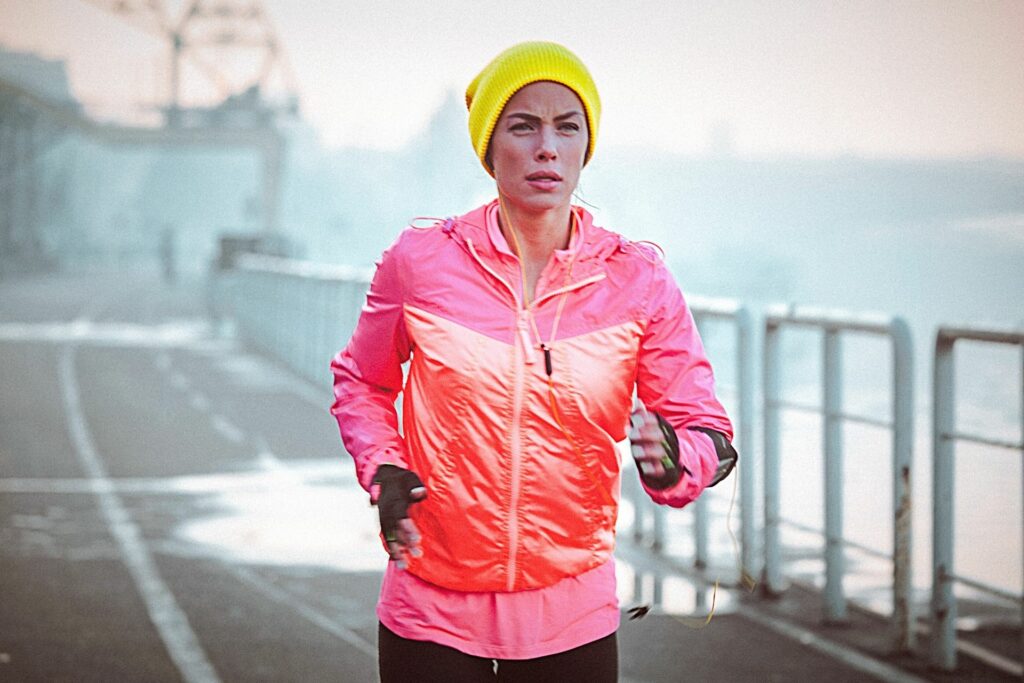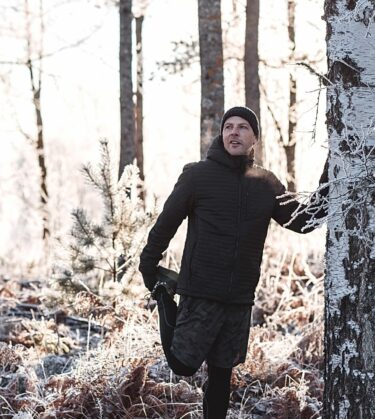
Sports Injury Assessment
You love to perform at your best. So when injury stops you in your tracks, it can be really tough. It’s vital ...

Winter sports training throws up multiple issues that you need to be aware of. So how do you continue to maintain your training throughout winter without the risk of gaining an injury?
The first thing you should do is not to be put off from training during cold, wet or icy conditions. Instead, you should follow safe training recommendations and expert advice offered by our sports therapists and clinicians at Prime Health, our centre in Weybridge, Surrey.
No matter whether you are a dedicated sports enthusiast taking part in triathlons, or a passionate weekend warrior that gives it your all at the weekends for your local rugby or football club, it makes perfect sense for you to want to help prevent yourself from sustaining a sports injury that can seriously affect your performance.
When the UK experiences short days, bad weather and cold temperatures all day long, it can be challenging to keep up your training routine. However, there are many benefits to training during the winter.

No matter what sports or training you plan on undertaking during the winter, remember that the colder outdoor temperatures and slippery road surfaces can increase the risk of muscle strains, slips and falls.
Make sure that you include a longer warm-up before you start exercising or set off and ensure that you dress properly to suit the weather conditions. It pays to buy the right training gear and layer up for extra protection against the cold weather.
Warm-up indoors in a warm room to flush your muscles with blood and to warm up tight muscles and tendons. Never start a winter run with cold muscles – this will reduce your proprioception – or ground feel, making muscles and tendons more vulnerable to strains and injury.
Try to include large range-of-motion warm-up exercises such as leg swings, lunges and gentle jogging on the spot.
If you are a runner the winter can be a good time to establish a strong running base level or pushing the limits on your existing one. The winter weather can also encourage you to focus on slower-paced running that can help to improve your endurance levels and give you better control over your breathing and pace.
Base runs are generally easy-paced runs where you are not actively pushing the envelope to break speed records or to set new personal bests. The pace should be comfortable and you should be able to manage to hold a conversation throughout the whole of your run. Base runs are great for increasing your average distances.
Think along the lines of pushing yourself between 60 to 75% of your maximum heart rate. Pounding out base runs during the winter helps to develop slow-twitch muscle fibres, strengthen and condition your muscles, ligaments, tendons and connective tissues making your body all-around much stronger and resilient and reducing your risk of sustaining an injury.
Many sports apparel providers use high tech fabrics that wick away sweat while at the same time help to keep you warm. Never underestimate the wind-chill factor during winter, so always make sure you wear gloves and a hat that covers your ears to keep your extremities protected from chilblains.
Chilblains are small, itchy, red patches that develop on your skin that can appear after your skin has been exposed to the cold. Chilblains develop on your fingers and toes, can be quite painful and can affect your athletic performance.
While chilblains usually clear up by themselves, they can persist if you are training regularly in the cold without protection. You may need to see a GP if they don’t go away.
Insulate your knees, shins, ankles and feet to reduce the risks of joint tears that can hamper your training and performance. Leave the running shorts for summer! Instead layer your legs up with running tights, leggings or flexible sports base layer clothing underneath a pair of jogging bottoms.
With the increased chances of slipping on icy or wet surfaces, it can pay to switch to a running shoe with more grip and traction that is built for winter weather.
Remember that it only takes one misaligned slip to ruin your season, and even if you don’t fall over, a slip on an icy surface can increase the risks of sustaining a lower-back or hip injury during the winter.
Whilst preventable, sports injuries do happen. And the key to minimising ‘down time’ is to seek professional advice and/or treatment for a sports injury as soon as possible.
At our centres in London, Surrey and Cheshire, our specialist sports injury teams are experts in the field of sports injury treatment and we pride ourselves on our welcoming and personally tailored sports injury services. Our team of dedicated clinicians, doctors, therapists and fitness professionals have an excellent reputation with many sporting professionals that use our centre for bespoke screening, diagnostic and sports injury services. Our sport therapy services offers fast-track diagnostic imaging that includes a 3T MRI, digital x-ray and ultrasound.
Should you be suffering from a sports injury, you can book to see one of our sports injury specialists to have diagnostic imaging (MRI), and a follow up appointment to discuss the diagnostic and treatment care pathway. Often the appointments and scan will be carried out on the same day, all at the Prime Health centre in Weybridge and South Manchester Diagnostics in Stockport.
Find out more about our sports injury service by giving us a call to discuss your sports injury diagnostic and recovery treatment plan.
If you don’t have a referral from a health professional, you can now easily self-refer for an MRI scan at Prime Health. We offer daily appointments, allowing you to choose a time and date that suits your convenience.
